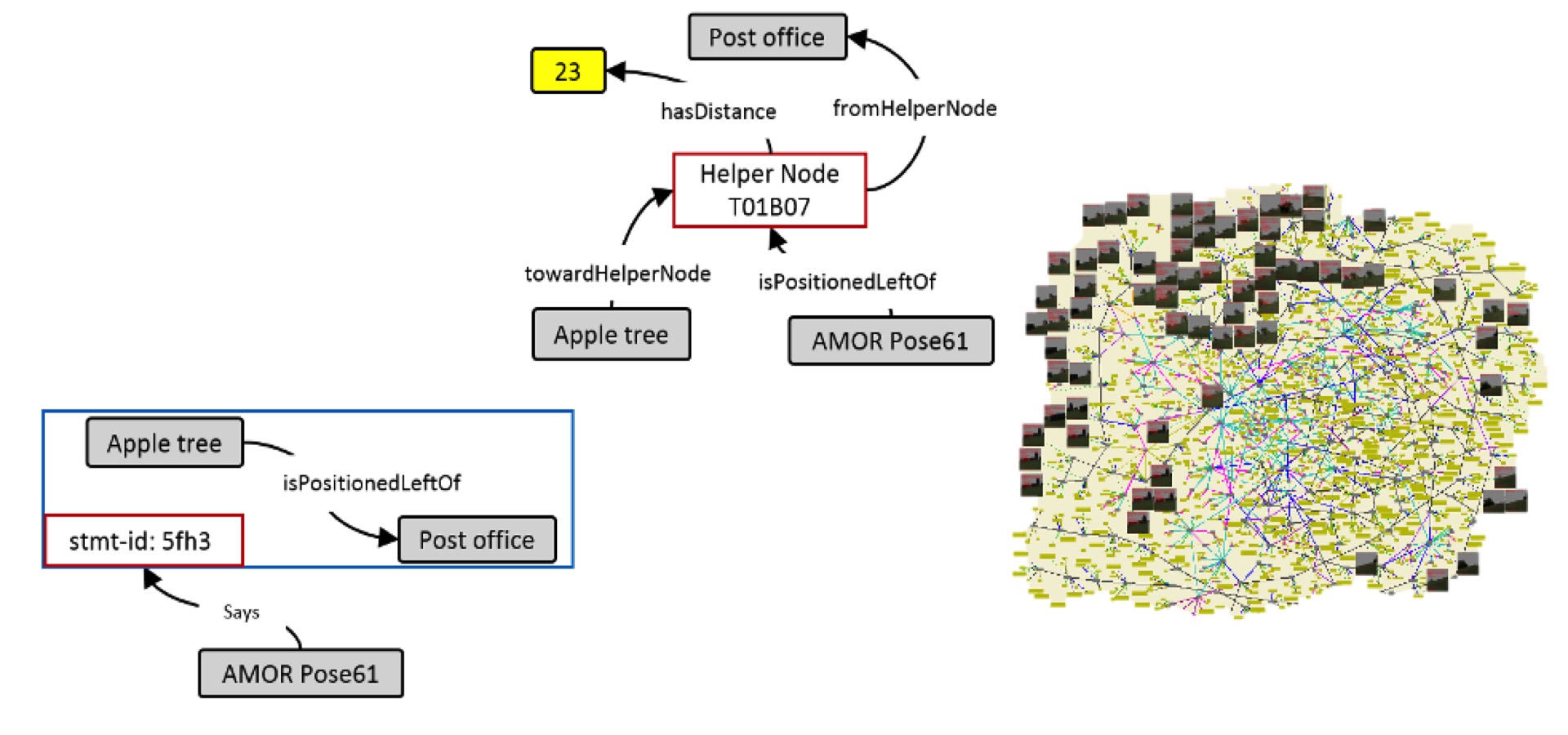
Fully‑automatic natural plant recognition system using deep neural network for dynamic outdoor environments
The leaf, as the vital part of plants, can be affected by physical and physiological factors which might lead to changes in its shape, color and size. These unique parts play an essential role in the design and implementation of plant recognition systems, as the shapes of leaves vary among different plants.
Weather type and related factors, such as light intensity, humidity, temperature and wind-speed, may have effects on the number of leaves that grow on a plant, the amount of fresh and dried leaves, the deformation of leaves, color of leaves, positions of leaves on branches, etc. In addition, photographing in outdoor environments with different weather conditions has undesired impacts on images.
For instance, light scattering changes severely when there are water droplets during photographing which influences the images captured in rainy weather. Despite the importance of the proposed factors and the relevant effects on the plants, leaves and images taken from plants, a plant recognition system should be independent from all environmental and non-environmental factors to be practically useful and applicable for identifying plant species in uncontrolled outdoor environments.
Moreover, changes in the time of day (morning, noon and evening), the distance between camera and plant species as well as the angle and illumination of the object and environment when the images are taken should be considered in the process of plant recognition. For instance, in a windy weather condition, for an observer even from a short distance, it is challenging to distinguish all single leaves and identify the plant type from the shape of its leaf.
Furthermore, the unstructured background of the images is another challenge which affects the images captured in fields and outdoor environments. These are only some difficulties for identification of plants in natural environments such as farms, forests, etc. A consideration of mentioned factors contributes to developing a novel, efficient and accurate system for plant recognition that can be used in various uncontrolled outdoor environments.
In the real-life, the images of the plants captured with the presence of these factors are very challenging for recognizing plant species and it is a desire to develop an efficient and accurate system that can be used in various natural conditions and uncontrolled situations. This paper presents the development and implementation of a convolutional neural network for automatic plant recognition in uncontrolled outdoor environments. The deep network has been used to recognize four different natural plant species.
The proposed system brings the opportunity and transformative potential of deep neural networks to the plant recognition field. This fully-automatic system is efficient and generalized for recognition of plants in outdoor environments like forests and farms, and its the accuracy is 99.5%. Meanwhile, the final system has the functionality of being applied as a real-time one.
